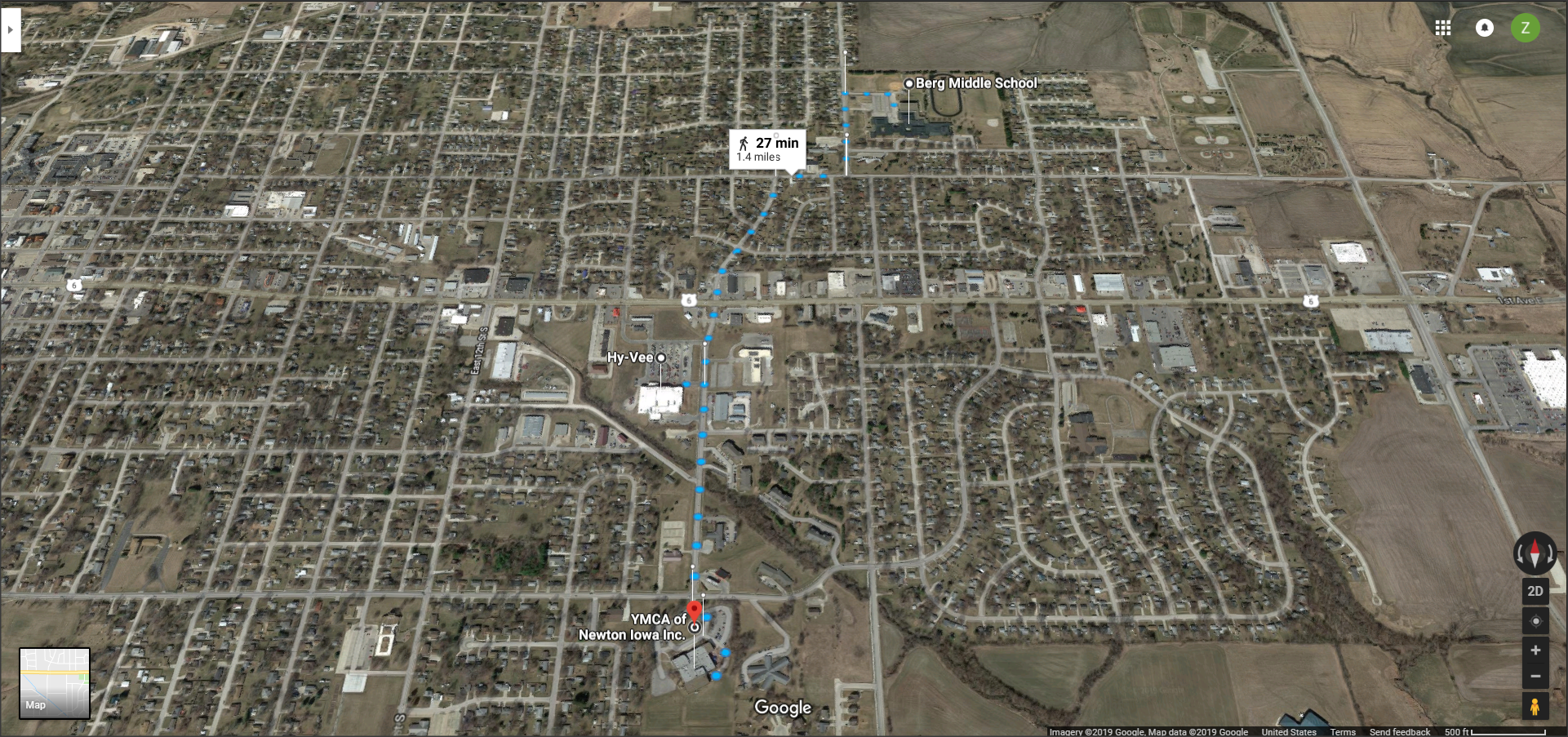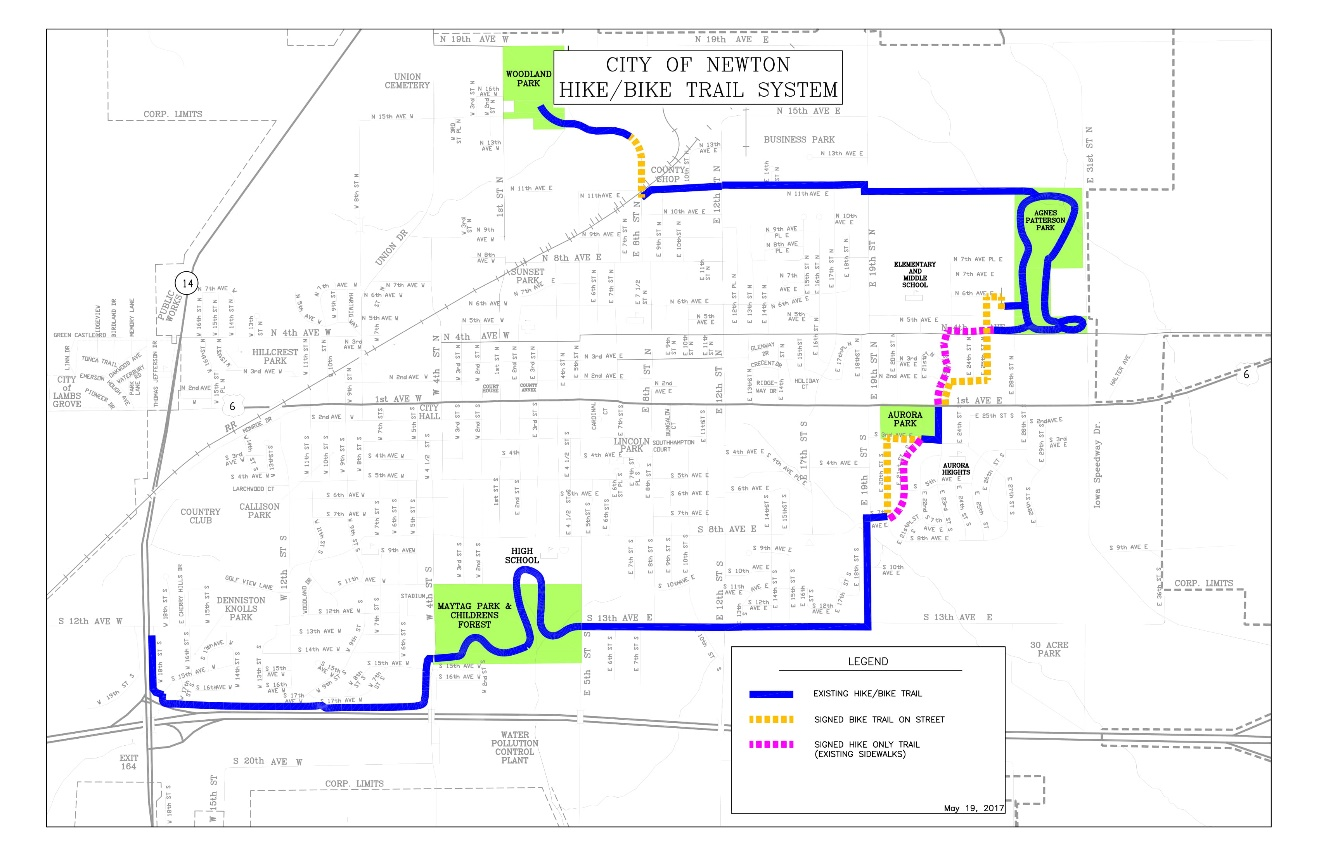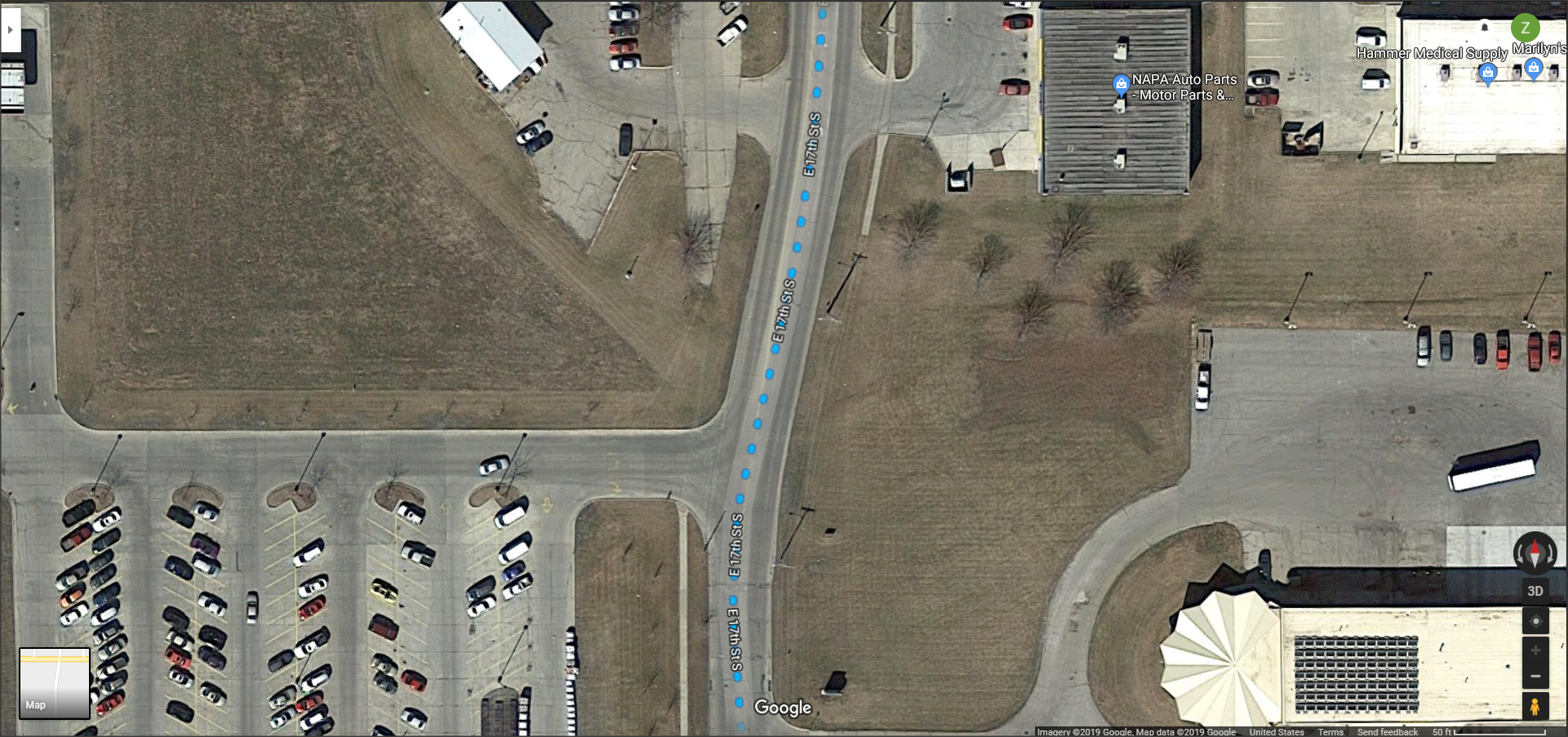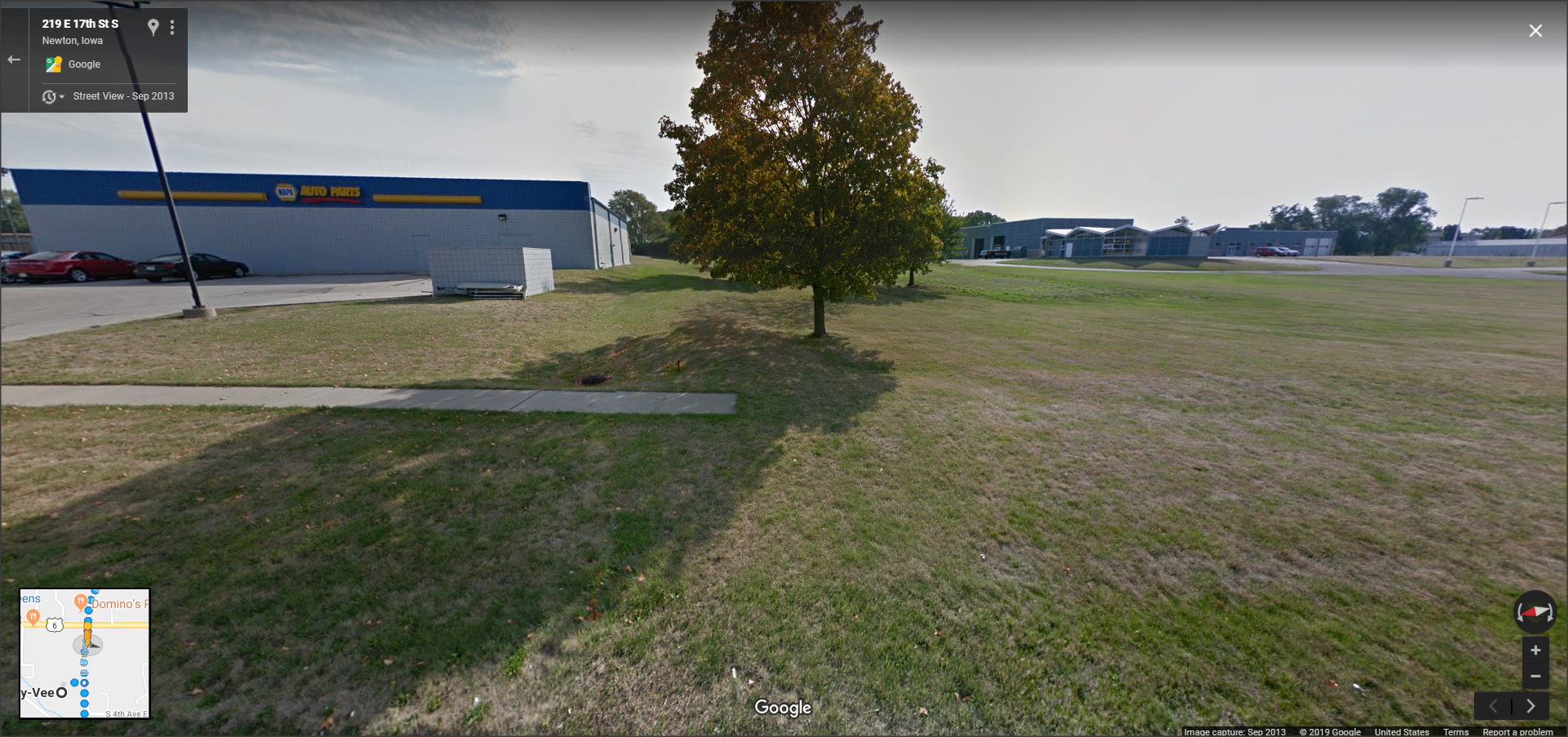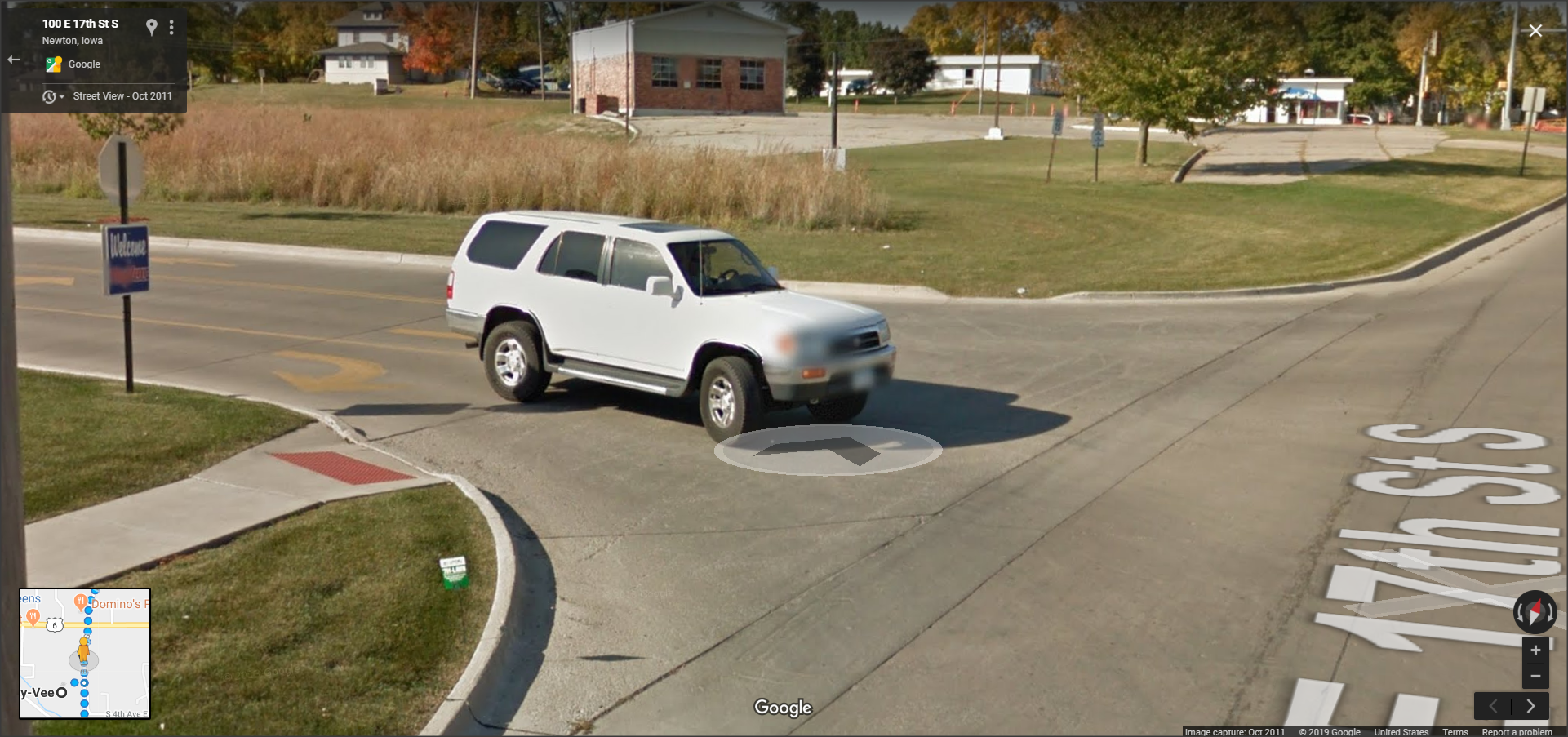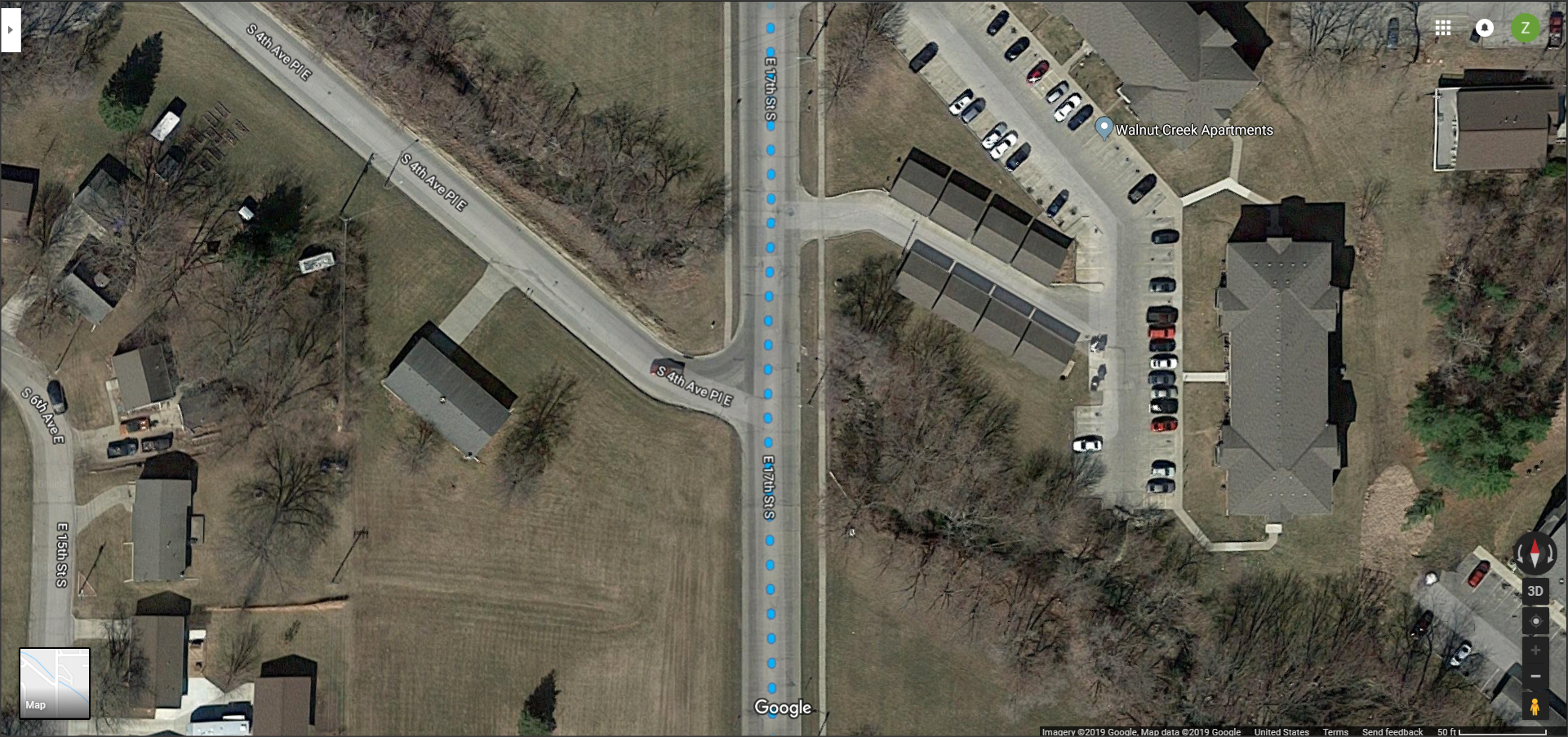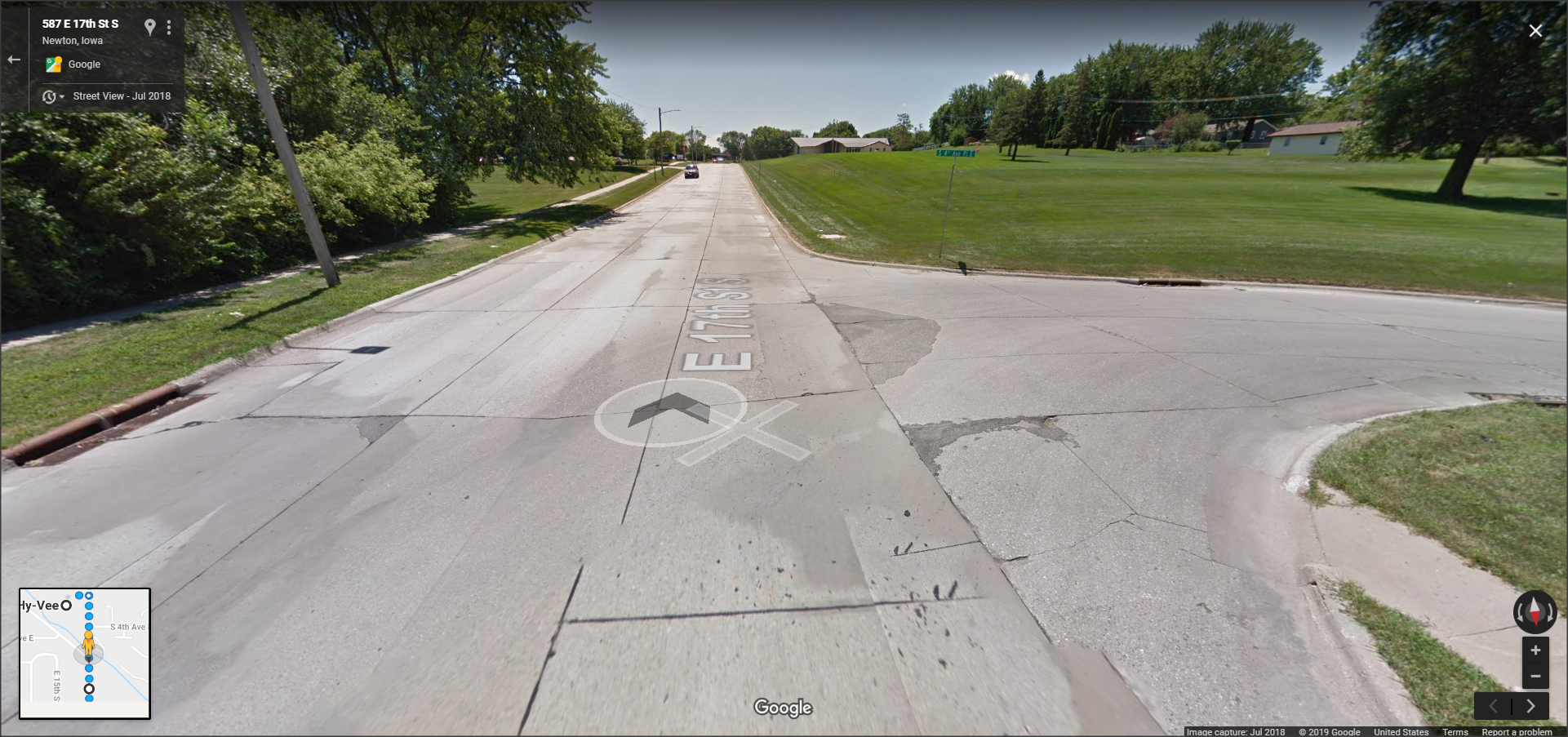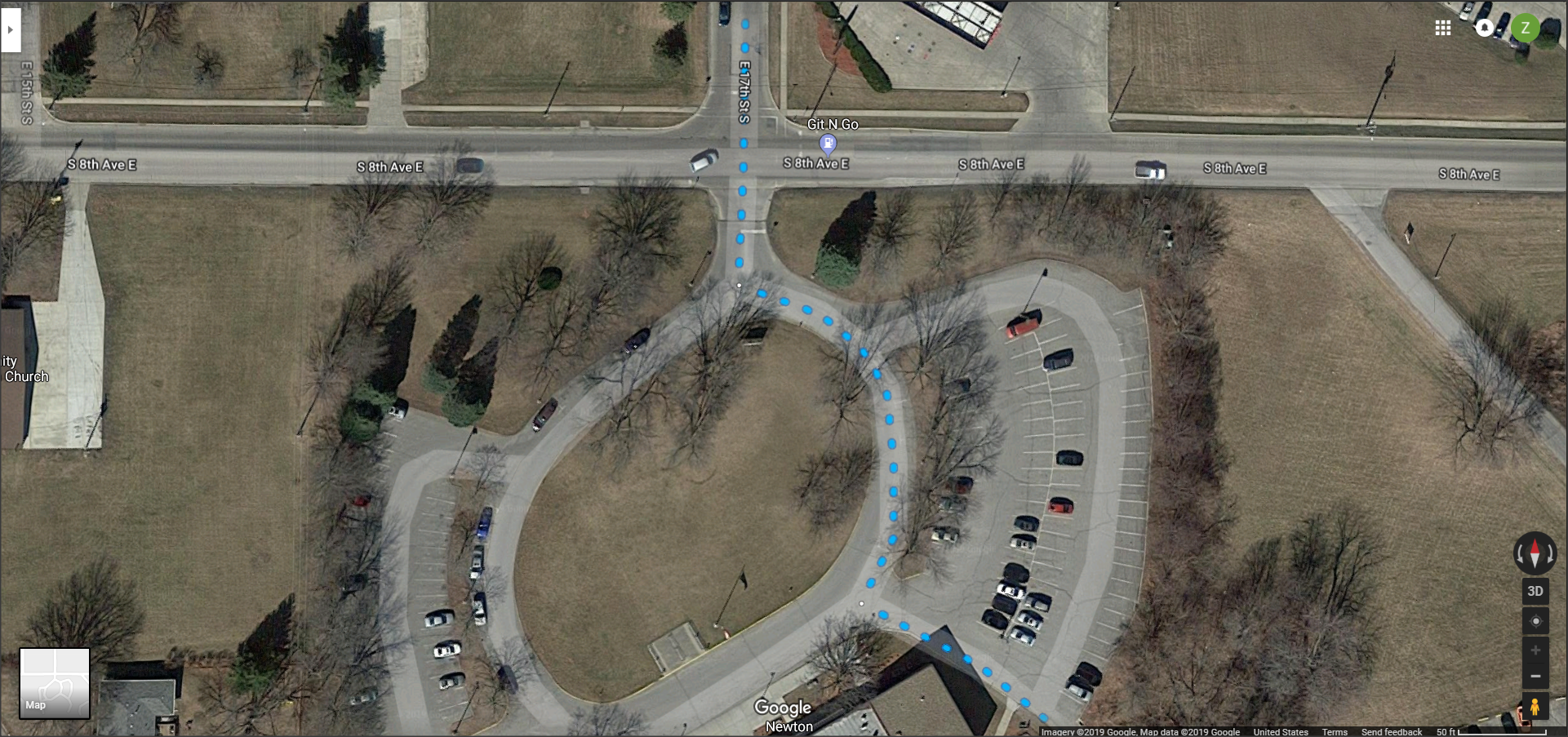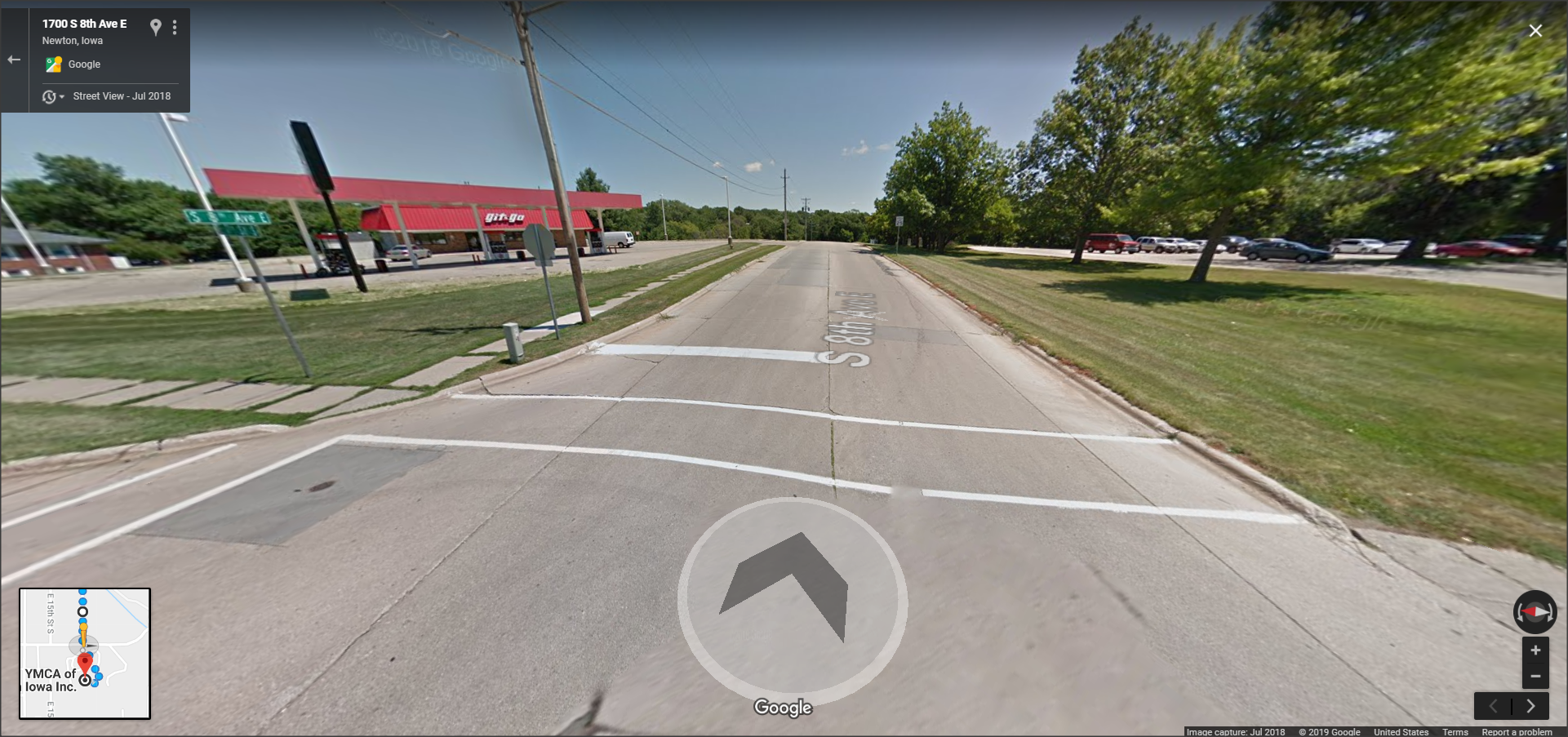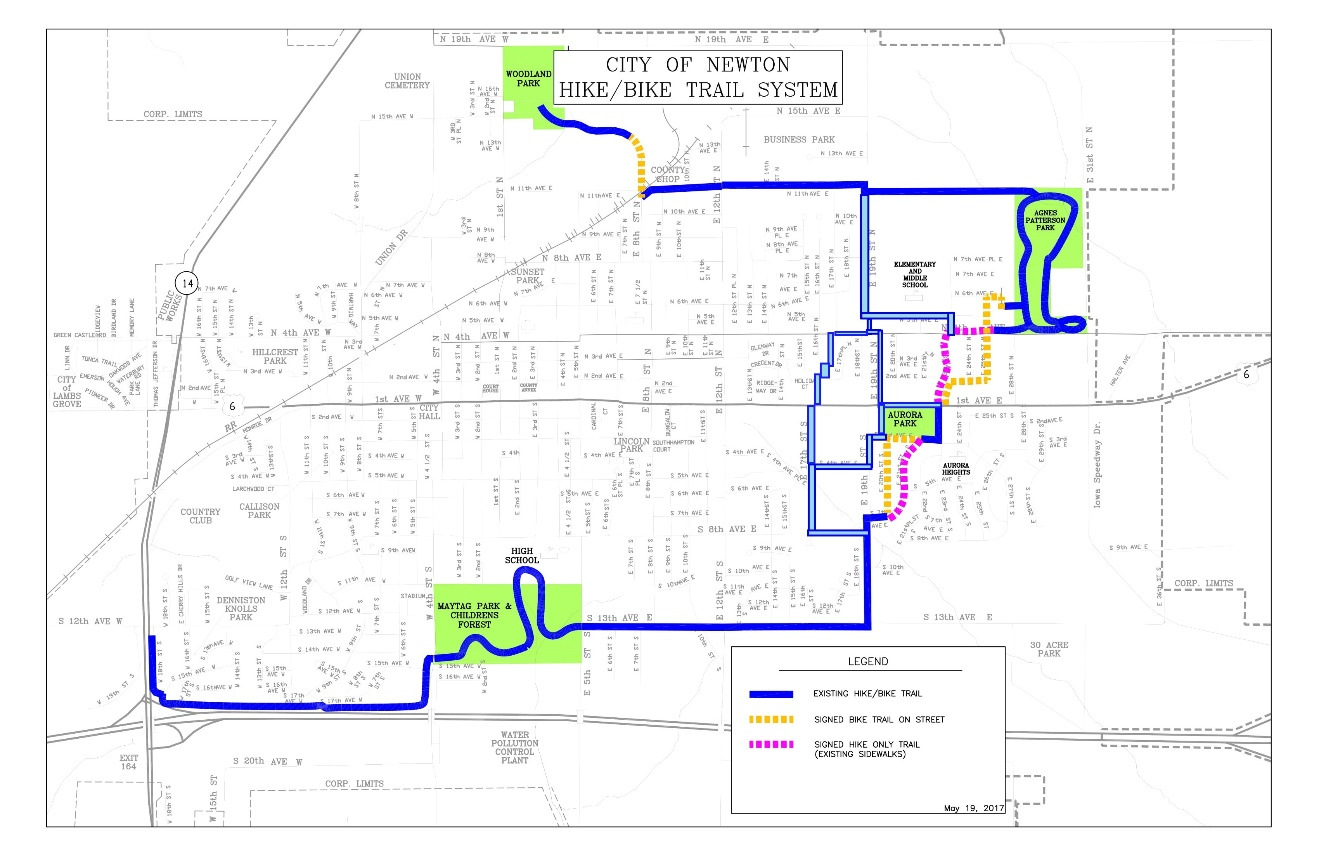Imagine the year 2035. You wake up one morning and open your kitchen cabinet, ready to help yourself to a nice bowl of your favorite breakfast cereal. You open your refrigerator and then it dawns on you—you’re out of milk. After the gravity of this dire situation sets in and you recompose yourself, you then pull out your cell phone and order some 2%. Minutes later, an automated shuttle pulls up to your doorstep. You run out, punch in the PIN given to you when you placed the order in your smart phone app, grab the item you ordered from the shuttle’s dispenser, and polish off a tall bowl of Corn Flakes. The future sure looks bright, doesn’t it?
With the advent of automated vehicle (AV) technology, transportation experts posit a series of benefits that these vehicles can bring to communities. Improved safety by reducing the number of traffic collisions occurring on roads, mitigating environmental concerns through reduced transportation-related emissions, improved efficiency of transportation networks, and opportunities for individuals with previously little to no access to an automobile to improve their mobility are all seen as the primary opportunities offered by automated vehicles (Bagolee & Tavana, 2016). On the flip side, these vehicles could present several challenges that communities must consider when setting out to plan for this technology. Issues like negative impacts on health owing to reduced levels of activity (i.e. walking and biking), rampant congestion, exacerbated urban sprawl, and reduced transit ridership are all concerns that cities must take into account when conducting land use and transportation planning projects in the future (Henaghan, Rouse, & Coyner, 2018). Another challenge to planning for automated vehicles is the precarious nature surrounding the technology—there is a huge number of unknowns regarding the role automated vehicles will play in urban landscapes, the capability of these vehicles to navigate dense urban areas, and even the timeline for their integration into transportation networks.

Source: Gertz Gutsche Rumenapp
While there is much discussion around the role automated vehicles will play for residents, especially private AVs, and their timeline for introduction into local roadways, some industry leaders are looking towards a different scenario for the first applications of this fledgling technology. For instance, Nan Ransohoff, the Head of Product for the AV startup Nuro, believes the first uses of AVs will not be for moving people, but rather for moving groceries (Turner & Kapsis, 2019). Her company is now designing and implementing pilot programs with local supermarkets that shuttle grocery deliveries in unmanned vehicles right to resident’s front doors. But groceries are not the sole focus of Nuro’s AV activities; the vision of Nuro founder Dave Ferguson is one in which these small, driverless vehicles will take over last mile deliveries ranging from groceries to dry cleaning to e-commerce and everything in between (della Cava, 2018).

Source: Nuro ai
However, Nuro is not the only company looking to revolutionize local last mile delivery services. Ford recently announced its intent to partner with Walmart and Postmates to design a pilot program for AV grocery deliveries, while Amazon has been testing AV deliveries in compact shuttles that roam city sidewalks in the state of Washington. Some companies—Waymo, Udelv, and Ford—are also looking into testing AV shuttles that will pick up individuals, shuttle them to local supermarkets, and then take them home after purchasing their groceries (Redman, 2019). While these exciting developments could lead to a future in which you can do all your shopping from the convenience of your home, reimaging the distribution of goods via AVs could likely have profound impacts on local land use and transportation networks.

Source: Walmart
Introducing these automated delivery services could yield benefits for community residents, especially mobility challenged households and seniors who may already be struggling to get the daily goods they need but these services will not be without their own costs (Zaleski, 2017). The use of automated vehicles for delivery purposes could very likely result in increased VMT and congestion as city streets would see these vehicles constantly roaming neighborhoods to drop off resident’s orders and then head back to their respective origin locations to reload for the next delivery. At a time when congestion is the primary challenge transportation planners in urban areas face, these delivery services could seriously undermine efforts to curb congestion.
Not only is congestion a concern for city leaders, but so is the issue of parking these vehicles. With big-box stores, like Walmart, looking to wield AV technology to expand their retail sales through home delivery, it is likely they will need a large fleet of AVs for this service to be viable. As parking has been a challenge for cities, introducing large vehicle fleets and meeting their parking needs will pose further issue for cities looking to manage land uses and curb space. However, for big-box stores they hold the key to this issue in their retail locations—the large parking lots mandated by local zoning regulations can serve as overnight parking for their AV fleets. But this does not address the issue for smaller retailers who are not located in the fringe areas of cities or have giant parking lots onsite. As AV delivery services are expanded, these retailers will want to get in the AV delivery service game as well. This means city leaders will need to figure out how to efficiently allocate space to allow for smaller retailers to compete with the AV delivery services of companies like Wal Mart and Amazon who have already been disrupting small business’s operations.
This multi-faceted problem will likely cause city officials headaches in the near future. As cities strive to revise land use regulations to minimize the impacts of automobiles, the innovative disruption of AV services could run counter to their efforts. Small retailers could quickly be run out of businesses as they fail to compete with big-box stores and online retailers while VMT and congestion could continue to increase. Trying to balance parking needs while reclaiming streets for all users could result in the over provision of parking spaces, perpetuating inefficient uses of land in urban areas. City leaders must work with residents to define the role they want automated vehicles to play in their communities while protecting small businesses and re-prioritizing roads and curb space for all users, not just cars. In an era of innovation aimed to increased convenience and time savings, we must ask ourselves—how much is convenience really worth?
References
Bagolee, S., & Tavana, M. (2016, December). Autonomous vehicles: challenges, opportunities, and future implications for transportation policies. Journal of Modern Transportation, 24(4), 284-303. Retrieved from https://link.springer.com/article/10.1007/s40534-016-0117-3#citeas
della Cava, M. (2018, January). With Nuro self-driving R1, your delivery just shows up– in a toaster on wheels with no driver. Retrieved from USA Today: https://www.usatoday.com/story/tech/2018/01/30/your-delivery-just-showed-up-toaster-wheels-no-driver/1062856001/
Henaghan, J., Rouse, D. C., & Coyner, K. (2018). Preparing Communities for Autonomous Vehicles. Chicago: American Planning Association. Retrieved from https://planning-org-uploaded-media.s3.amazonaws.com/publication/download_pdf/Autonomous-Vehicles-Symposium-Report.pdf
Redman, R. (2019, January). Amazon tests autonomous vehicles for deliveries. Retrieved from Supermarket News: https://www.supermarketnews.com/online-retail/amazon-tests-autonomous-vehicle-deliveries
Turner, M., & Kapsis, J. (2019, February ). Self-Driving City: What does our future really look like when autonomous vehicles take over the roads? CityLab. Retrieved from https://www.citylab.com/solutions/2019/02/podcast-technopolis/583096/
Zaleski, A. (2017). Cities Seek Deliverance From the E-Commerce Boom. Retrieved from CityLab: https://www.citylab.com/transportation/2017/04/cities-seek-deliverance-from-the-e-commerce-boom/523671/

























